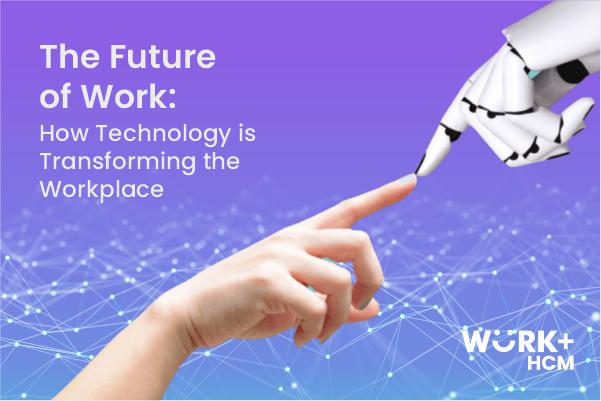Performance management has long been a critical process in any organization, but the way it is approached has evolved significantly over time. In the past, performance management was often seen as an annual event, with employees receiving feedback and performance evaluations once a year. However, in recent years there has been a shift towards more continuous feedback, with regular check-ins and ongoing communication between managers and employees.
Key Benefits of Continuous Feedback in Performance Management
The shift towards more continuous feedback has been driven by a number of factors. One of the main reasons is the changing nature of work itself. As work becomes more fast-paced and dynamic, traditional annual performance reviews can become outdated quickly, as they may not accurately reflect an employee’s performance over the course of a year. In addition, younger generations of workers have different expectations around feedback and communication, and are often looking for more frequent and meaningful feedback.
If your organization is looking to make the shift towards more continuous feedback, there are a few key guidelines that can help make the process smoother:
1. Set Clear Expectations: Ensure that employees know what is expected of them and how they will be evaluated. This can be done through regular check-ins, goal-setting sessions, and other communication channels.
2. Provide Regular Feedback: Make sure that managers are providing regular feedback to employees, both positive and constructive. This can be done through one on one meetings, team meetings, and other channels.
3. Encourage Employee Self-Evaluation: Encourage employees to reflect on their own performance and provide feedback to their managers. This can be done through self-assessments or other tools.
4. Use Technology: Use technology to facilitate continuous feedback, such as online platforms for goal-setting, performance tracking, and feedback.
5. Train Managers: Train managers on how to provide effective feedback and manage performance in a continuous feedback environment.
1. Adobe: Adobe’s “Check-In” system is designed to encourage regular conversations between managers and employees. This system replaces traditional performance reviews with ongoing discussions that cover career development, feedback, and goal-setting. The Check-In system is designed to be flexible and adaptable to the needs of each team, and it encourages employees to take ownership of their career development.
2. Deloitte: Deloitte has shifted away from annual performance reviews and towards regular check-ins and feedback. The new system emphasizes ongoing development and coaching, rather than just rating and ranking employees. The focus is on providing ongoing feedback to help employees grow and develop.
To implement a similar system, HR can work with managers to develop a clear process for setting and tracking goals. They can also provide training and support for managers on how to give effective feedback and coaching. Additionally, HR can encourage employees to take ownership of their development by setting their own goals and tracking their progress.
The shift towards more continuous feedback in Performance Management Process is here to stay, as organizations recognize the benefits of ongoing communication and development. By following these guidelines and learning from successful examples, HR departments can facilitate a smoother transition to a more continuous feedback approach.


